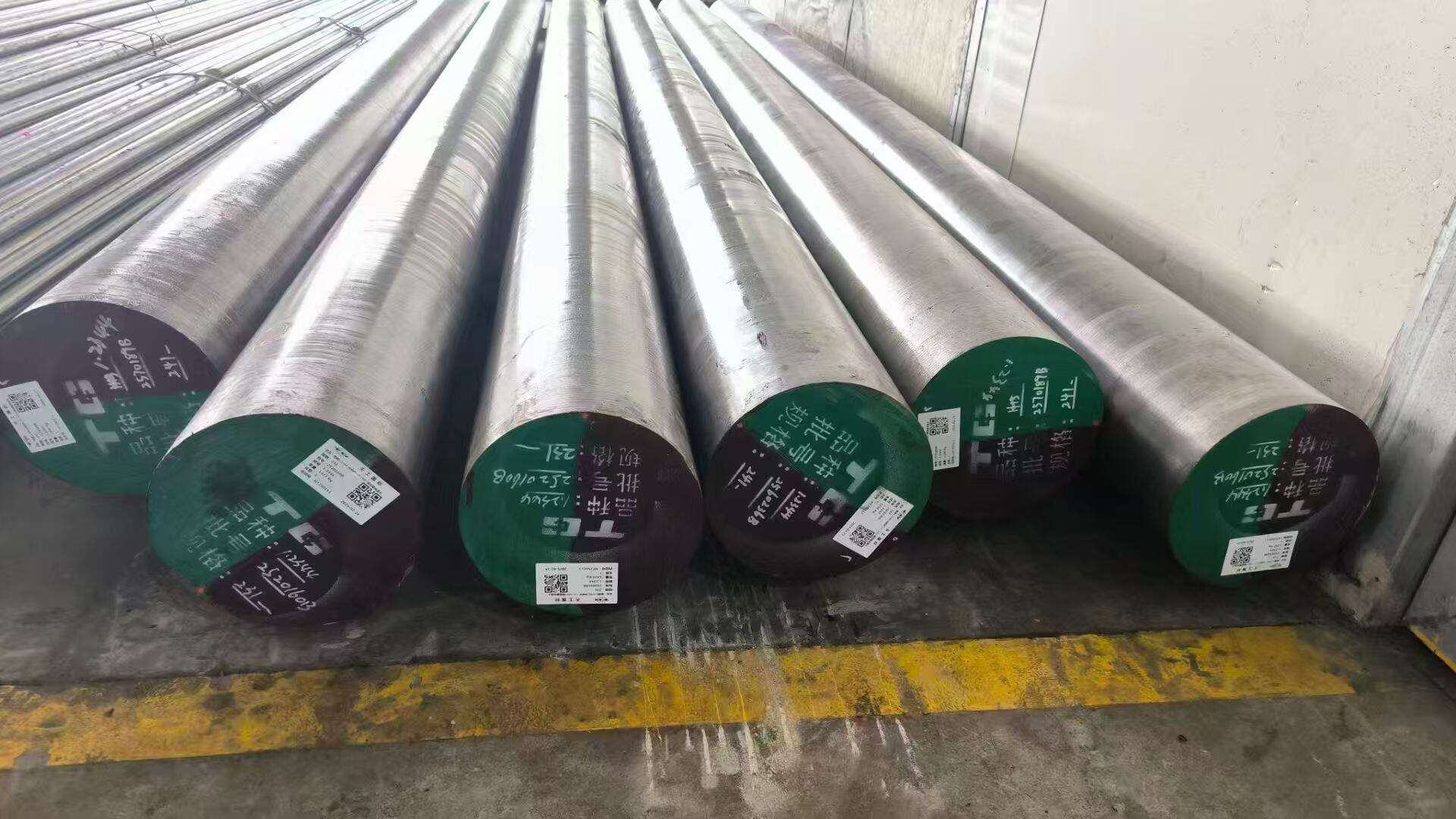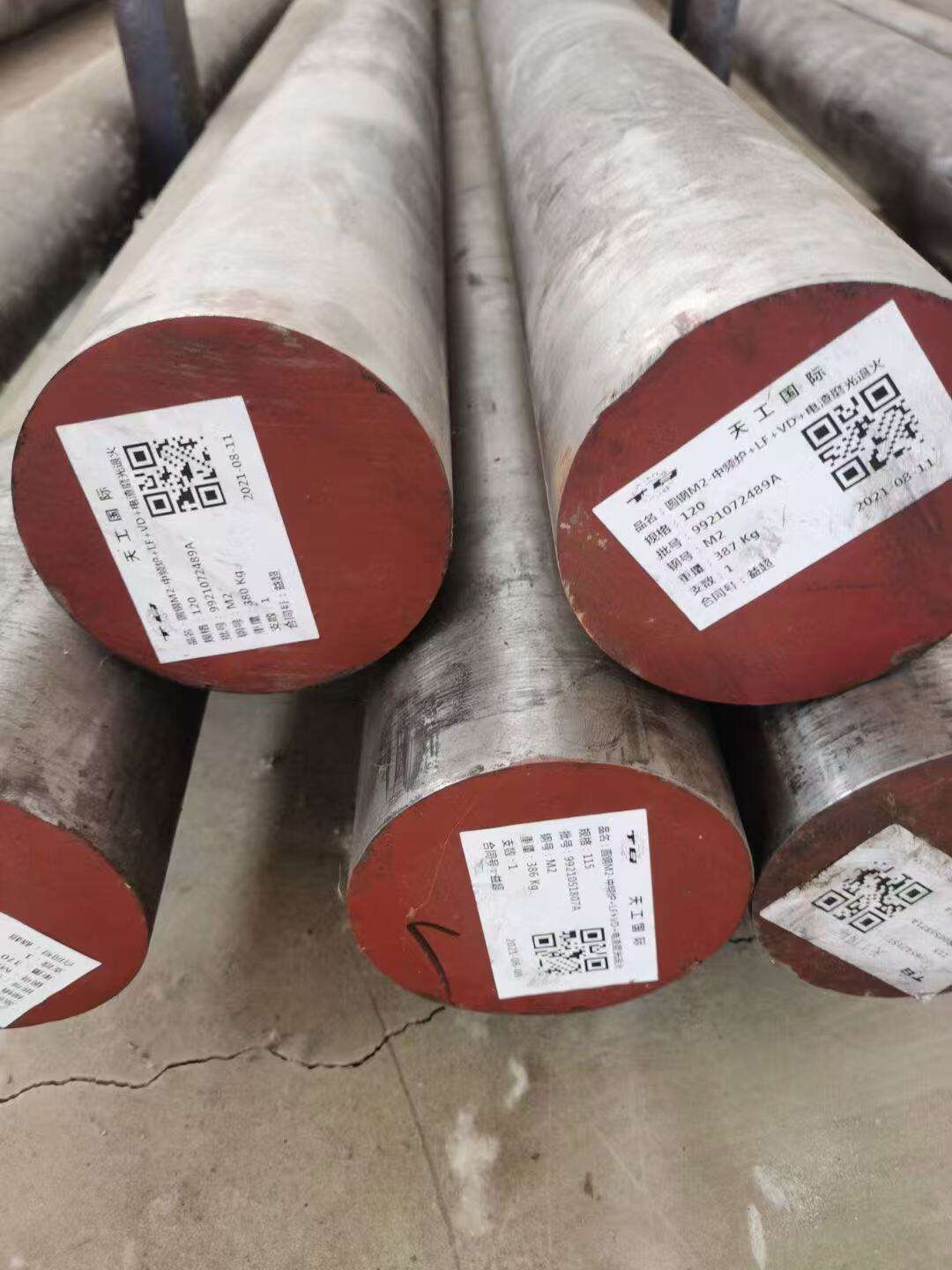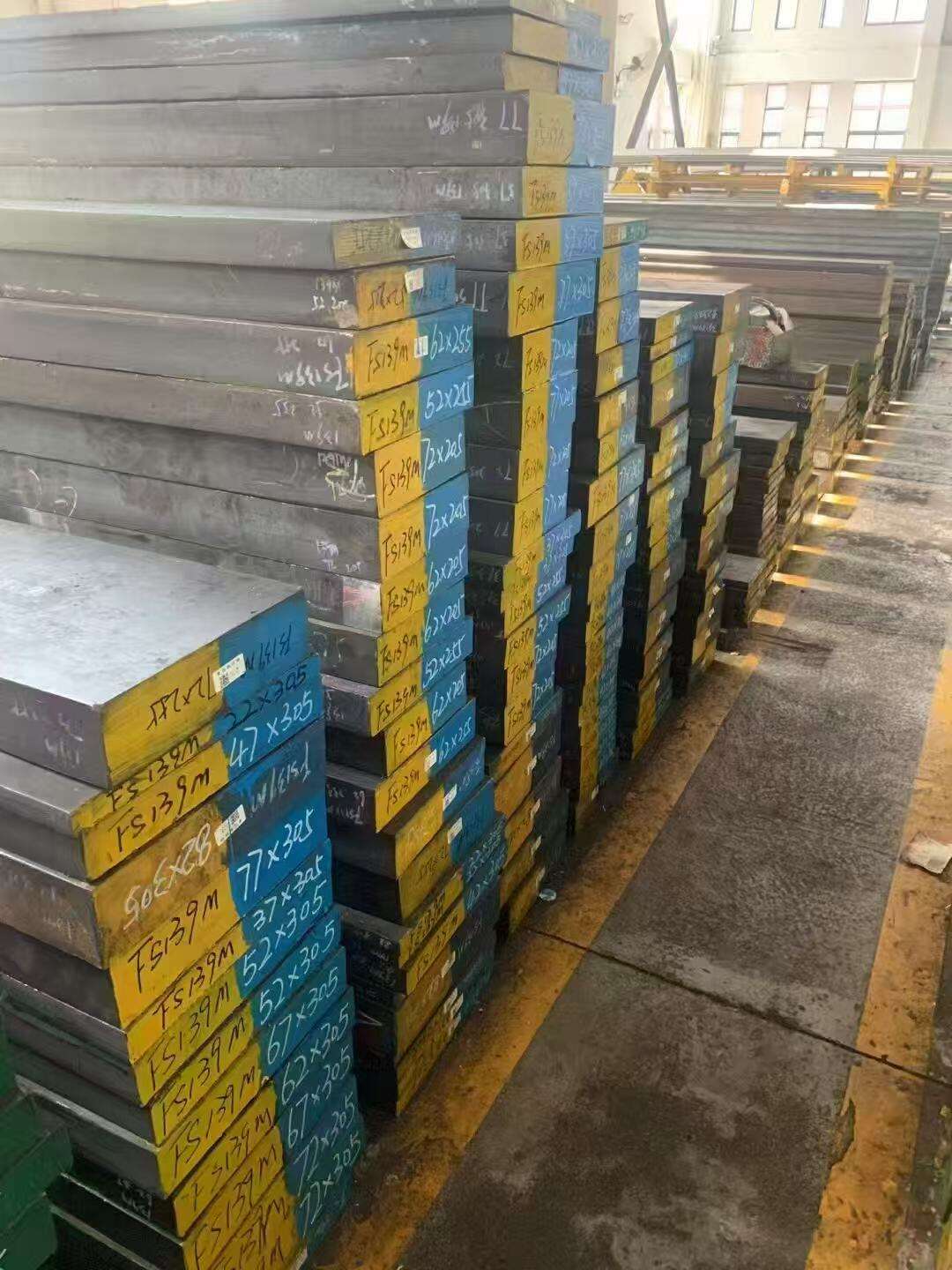w1 steel
W1 steel, a versatile water-hardening tool steel, stands as a fundamental choice in the metalworking industry. This high-carbon steel grade typically contains 0.70-1.50% carbon and minimal amounts of other alloying elements. Its straightforward composition makes it particularly suitable for applications requiring excellent hardness and wear resistance. The steel's distinguishing characteristic lies in its ability to achieve optimal hardness through water quenching, a process that results in a fine-grained martensitic structure. W1 steel demonstrates remarkable machinability in its annealed state, allowing for precise shaping and forming before heat treatment. In practical applications, W1 steel excels in manufacturing cutting tools, hand tools, and various woodworking implements. Its balanced combination of hardness and wear resistance makes it particularly effective for knives, chisels, and other edge tools. The material responds exceptionally well to traditional heat treatment methods, enabling craftsmen to achieve desired properties through controlled heating and cooling processes. Furthermore, W1 steel maintains its dimensional stability during heat treatment, ensuring accurate final products. This steel grade also offers cost-effectiveness compared to more complex alloy steels while delivering reliable performance in many applications.


